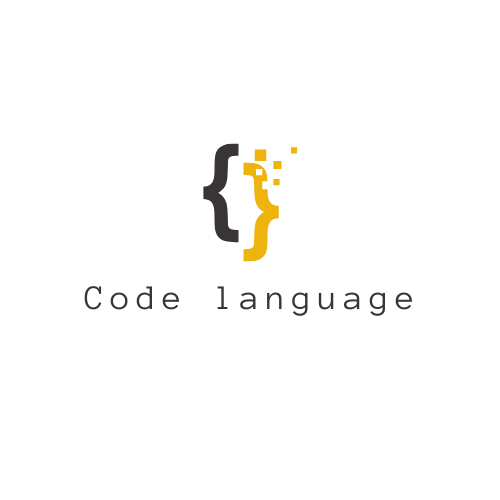Definition of HTML
Web pages and applications are created using the markup language HTML (Hypertext Markup Language). It serves as the basis for the great majority of webpages and web-based applications, making it the backbone of the internet. To specify the components of a web page, including text, images, links, and videos, HTML uses a system of tags.
Given that HTML is a declarative language, it explains the organisation and content of a web page without dictating how it should be displayed. This makes it easier to keep web pages and applications up-to-date and maintain because it lets web developers separate a web page’s presentation from its content and structure.
As the demands of the internet have changed over time, new versions and features of HTML have been added. HTML5 is the latest version of HTML. It has new features and elements that are meant to work with online apps, mobile devices, and multimedia content.
Along with additional languages like CSS (Cascading Style Sheets) and JavaScript, HTML is used to construct web pages and applications that are both aesthetically pleasing and interactive.
The majority of web-based material is built on HTML, making it a crucial tool for web developers. By mastering HTML, you can build attractive websites and applications that are user- and search engine-friendly.
HTML Video Presentation
Here is a quick HTML tutorial. Enjoy!
